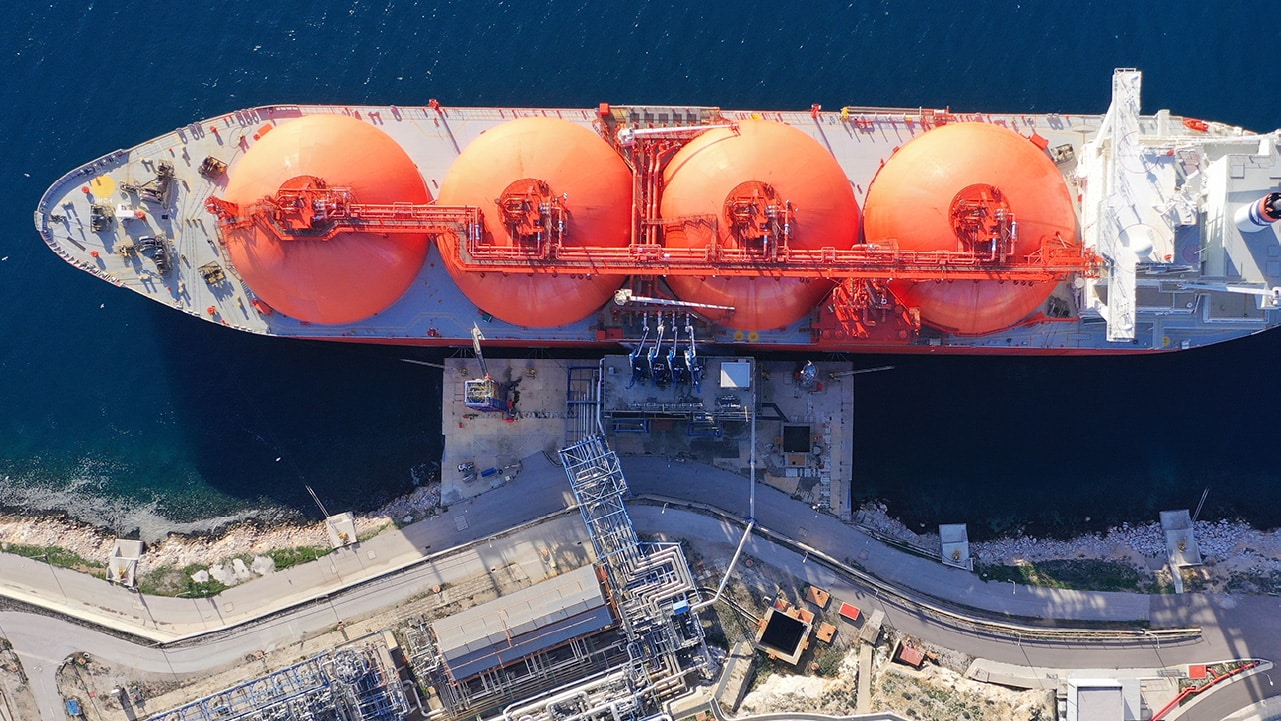ASTM G31 Corrosion Testing of Cargo Tank Steels
The ASTM G31 corrosion testing protocol is a critical method used in the marine and ship equipment sector to assess the resistance of cargo tank steels against localized corrosion. This test specifically examines the susceptibility of these steels to pitting, crevice corrosion, and intergranular attack under various environmental conditions relevant to the maritime industry.
The ASTM G31 test is particularly important for ensuring the integrity and longevity of cargo tanks which are exposed to a range of corrosive environments. These include high humidity levels, saltwater exposure, and chloride contamination. The test helps in selecting materials that can withstand these harsh conditions without compromising structural integrity or performance.
The procedure involves exposing specially prepared specimens to a simulated marine environment for extended periods under controlled laboratory conditions. This allows engineers and quality managers to evaluate how well the steel performs in real-world conditions before deployment on ships. By adhering to this standard, manufacturers can demonstrate compliance with international regulations while also enhancing product reliability.
It is essential that all involved parties understand the importance of accurate specimen preparation as it directly impacts the results obtained from ASTM G31 testing. Proper cleaning and conditioning steps must be followed rigorously before immersion into the test solution. Additionally, consistent exposure times are crucial to ensure consistency across multiple tests conducted under similar parameters.
The significance of this testing method extends beyond mere compliance; it plays a vital role in safeguarding both operational safety and economic efficiency for shipping companies worldwide. Through rigorous adherence to industry standards like ASTM G31, organizations can minimize maintenance costs associated with premature failures due to corrosion damage while simultaneously improving overall vessel performance.
Given the critical nature of cargo tank integrity within the marine sector, utilizing such robust testing procedures ensures that only high-quality materials are used in constructing these essential components. This not only contributes positively towards environmental sustainability but also enhances public trust by promoting safer transport practices across international waters.
Applied Standards
| Standard Code | Description |
|---|---|
| ASTM G31-20 | Cyclic Potentiodynamic Anodic Polarization Method for the Measurement of Pitting Resistance Equivalent Number (PREN) of Stainless Steels and Related Alloys. |
| ISO 9865:2014 | Potentiostatic polarization methods for the determination of pitting resistance in stainless steels exposed to chloride solutions. |
The ASTM G31 corrosion testing protocol is aligned with several internationally recognized standards, including ISO 9865:2014. These guidelines provide comprehensive frameworks that ensure accurate and reproducible results when performing cyclic potentiodynamic anodic polarization measurements on various types of stainless steels.
Scope and Methodology
The ASTM G31 corrosion testing focuses primarily on evaluating the resistance to localized corrosion exhibited by cargo tank steels when exposed to simulated marine environments. The process involves conditioning steel specimens according to specified procedures, then immersing them in chloride-containing solutions under controlled conditions for predetermined durations.
To begin with, suitable samples of the target material are prepared following established protocols provided within ASTM G31 documentation. This includes thorough cleaning and degreasing processes aimed at removing any surface contaminants that could interfere with test outcomes. Once prepared, these specimens are carefully mounted onto holders designed specifically for this testing technique.
Following preparation, the specimens undergo immersion into chloride-containing solutions maintained at specified temperature ranges corresponding to different climatic zones encountered during maritime operations. During exposure, continuous cyclic polarization measurements are recorded using a potentiostat connected directly to each sample holder. These readings capture changes in current density over time, providing valuable insights into the onset and progression of localized corrosion phenomena.
After completing prescribed exposure periods, the specimens are removed from their respective solutions and thoroughly dried before visual inspections for signs of pitting or other forms of damage indicative of corrosive degradation. Any observed defects are documented meticulously alongside relevant data collected throughout testing.
The final step involves calculating the Pitting Resistance Equivalent Number (PREN), which quantifies the relative resistance of a given steel grade to localized corrosion based on its chemical composition. PREN values derived from ASTM G31 tests serve as important reference points for comparing different materials' performance against each other, thereby aiding informed decisions regarding material selection.
Benefits
- Ensures compliance with international standards and regulations.
- Promotes safer transport practices across international waters.
- Minimizes maintenance costs associated with premature failures due to corrosion damage.
- Enhances overall vessel performance through rigorous adherence to industry best practices.
- Reduces the likelihood of costly repairs and replacements caused by structural integrity issues.
- Contributes positively towards environmental sustainability initiatives related to maritime operations.
The benefits extend beyond mere compliance; they encompass enhanced product reliability, improved operational efficiency, reduced downtime, increased safety, and greater customer satisfaction. By leveraging ASTM G31 corrosion testing services, organizations can demonstrate their commitment to quality control and continuous improvement within the marine sector.





